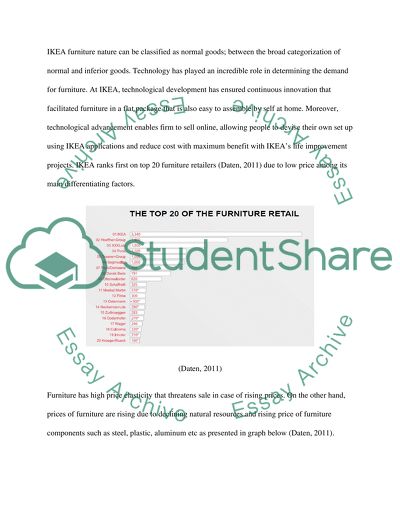Cite this document
(“Economics of the firm - IKEA Term Paper Example | Topics and Well Written Essays - 3000 words”, n.d.)
Economics of the firm - IKEA Term Paper Example | Topics and Well Written Essays - 3000 words. Retrieved from https://studentshare.org/macro-microeconomics/1401949-ikea
Economics of the firm - IKEA Term Paper Example | Topics and Well Written Essays - 3000 words. Retrieved from https://studentshare.org/macro-microeconomics/1401949-ikea
(Economics of the Firm - IKEA Term Paper Example | Topics and Well Written Essays - 3000 Words)
Economics of the Firm - IKEA Term Paper Example | Topics and Well Written Essays - 3000 Words. https://studentshare.org/macro-microeconomics/1401949-ikea.
Economics of the Firm - IKEA Term Paper Example | Topics and Well Written Essays - 3000 Words. https://studentshare.org/macro-microeconomics/1401949-ikea.
“Economics of the Firm - IKEA Term Paper Example | Topics and Well Written Essays - 3000 Words”, n.d. https://studentshare.org/macro-microeconomics/1401949-ikea.


